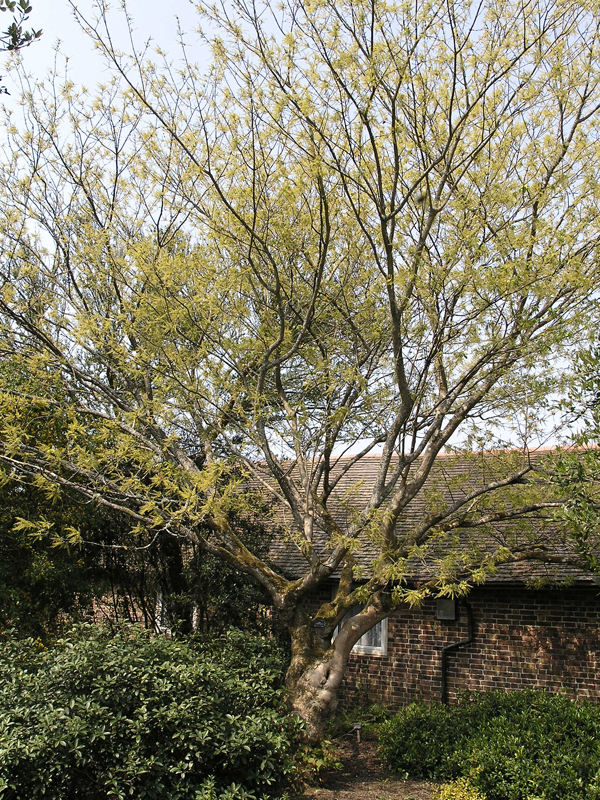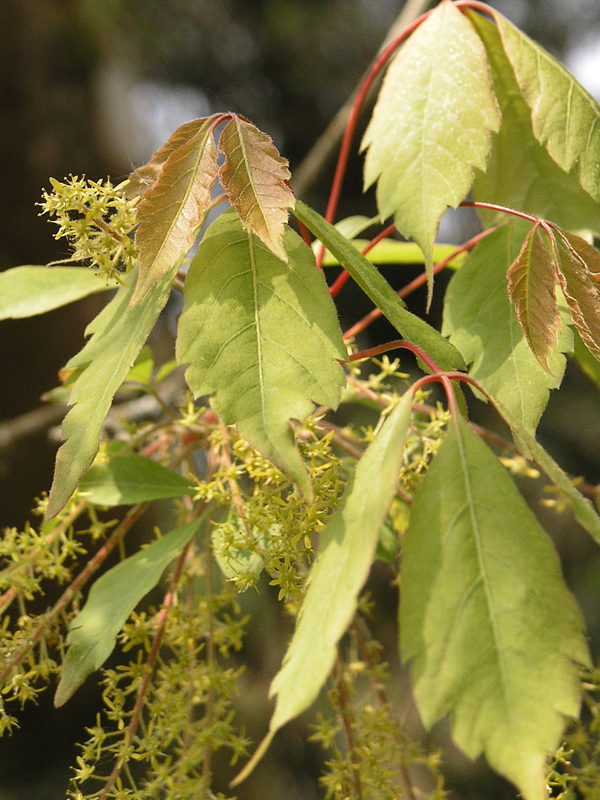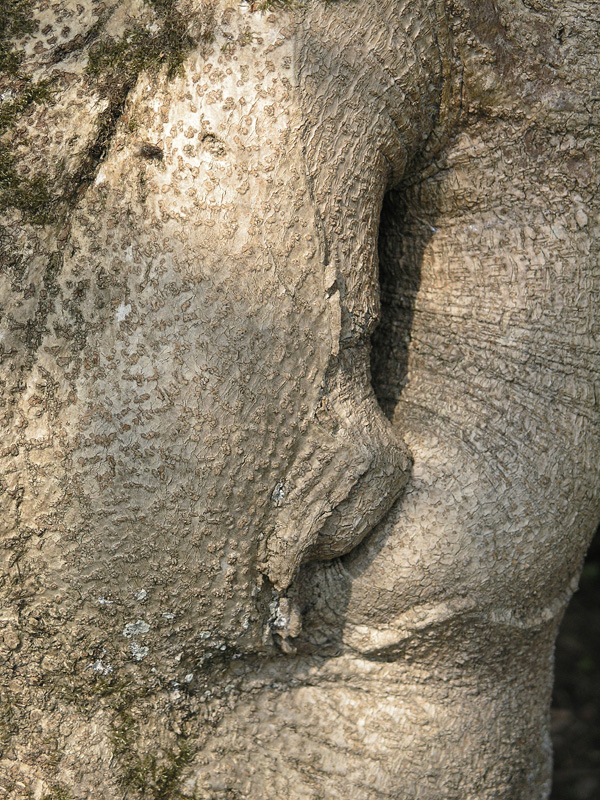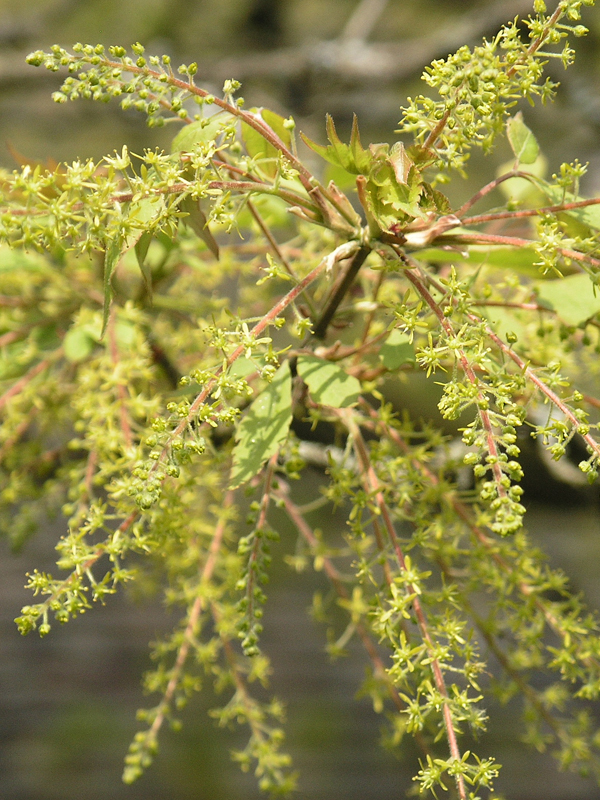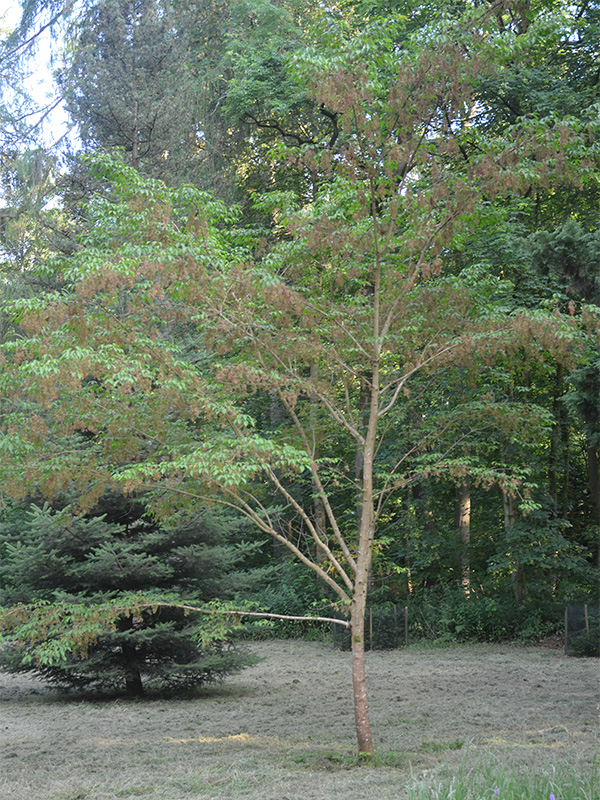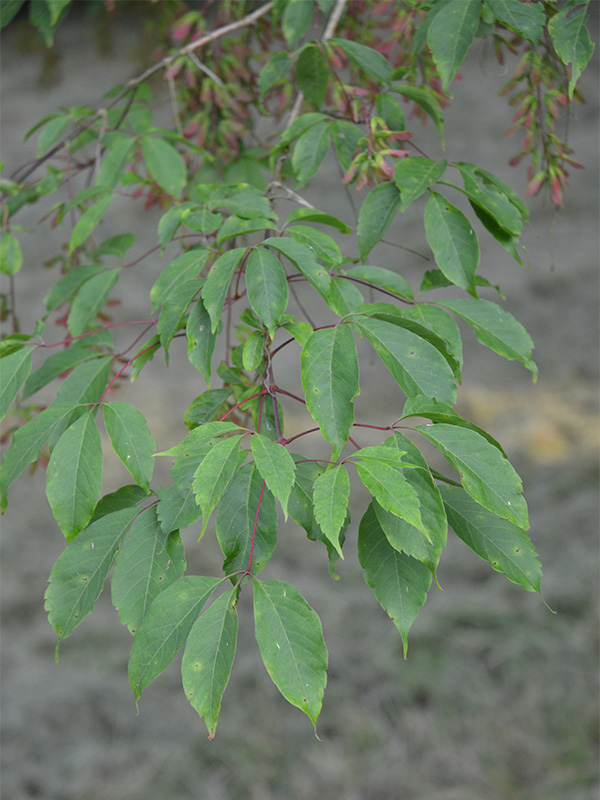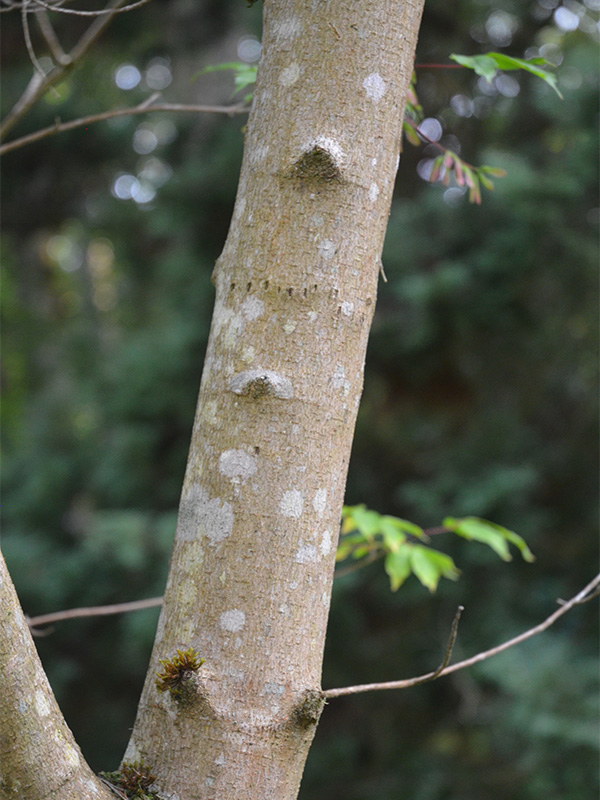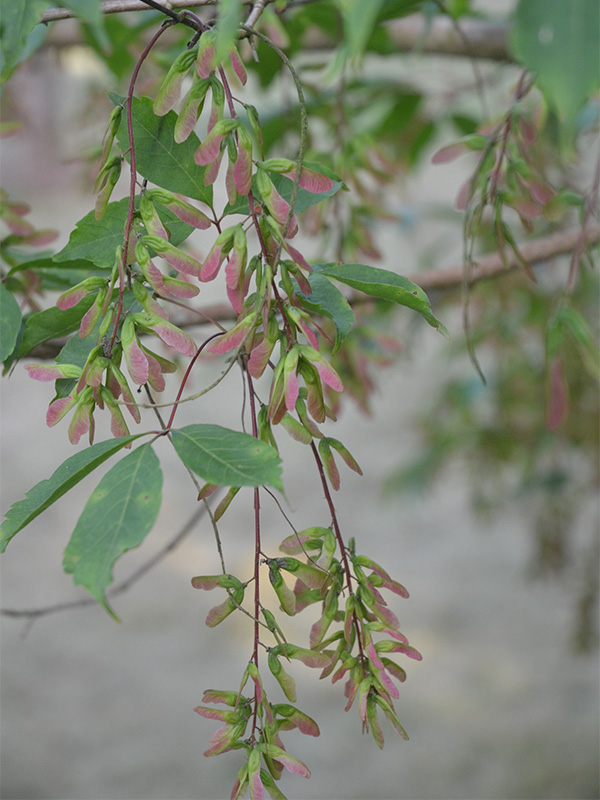| General Description | This species has been placed on the IUCN Red List as least concern. |
| Shape | Bushy, small, round and spreading. |
| Landscape | Border, specimen planting, shade tree and hedges. |
| Propagation | Seed and grafting. |
| Cultivation | Full sun to partial-shade. Average, medium moisture and well-drained soil. Prefers acidic soils that are kept moist . Likes sand, clay, chalk and loam. |
| Pests | Aphids, scale, borers and caterpillars may be a problem. Verticillium wilt, leaf spots, tar spot, canker and root rot can occur. |
| Notable Specimens | Westonbirt, The National Arboretum, Tetbury, Gloucestershire, England. Wakehurst Place, Ardingly, Haywards Heath, Sussex, England.
|
| Habitat | Mountainous areas. |
| Bark/Stem Description | Smooth grey bark. |
| Leaf Description | Palmately-lobed leaves that appear in 3 oval, coarsely-toothed leaflets with coarsely serrated margins. The leaflets are 4 - 10 cm long, 2 - 4 cm broad with 1 - 2 cm petiolules. |
| Flower Description | Small pendulous racemes 10 – 16 cm long, each flower with four sepals and petals; it is dioecious with male and female flowers on separate trees. |
| Fruit Description | Fruit is winged samaras that are 2 - 3 cm long. |
| Colour Description | The leaves are bronze when young and mature to a dark green and becoming a reddish-yellow in autumn. The flowers are yellow. The bark is gray. |
| Texture Description | The bark is smooth in texture. |
